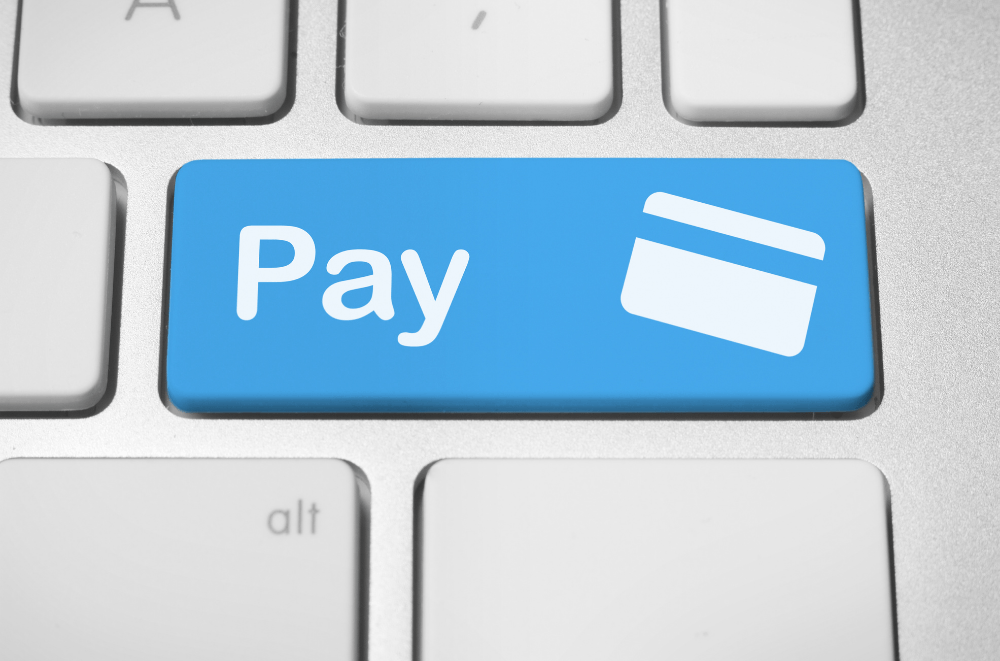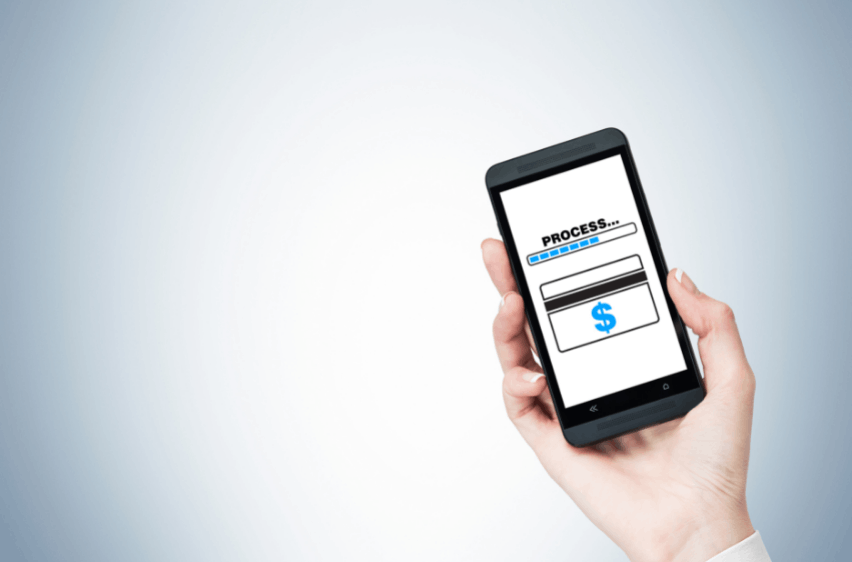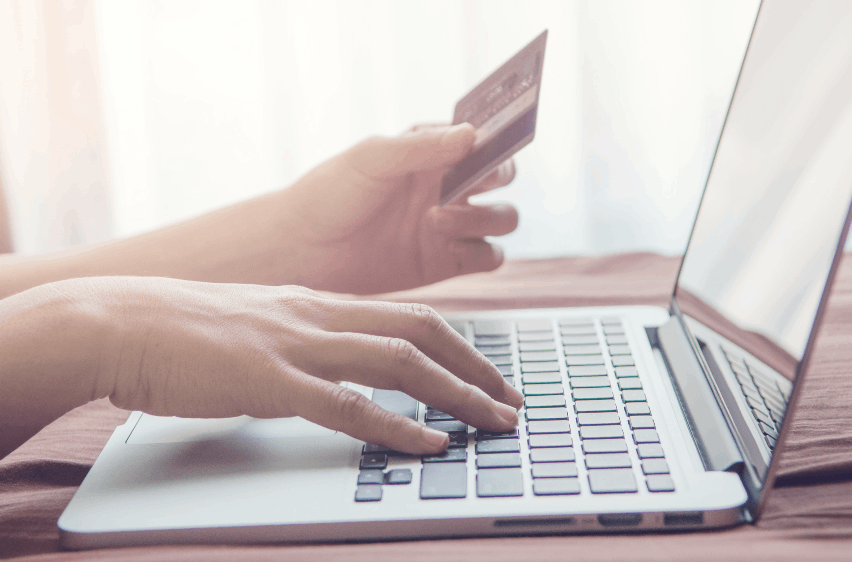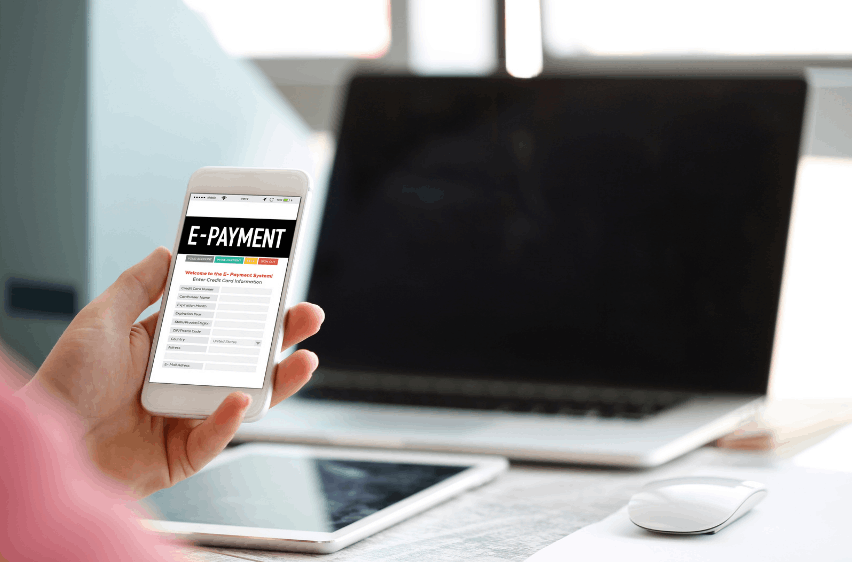Few people love standing in line in banks to pay bills, send money, or make all kinds of transactions. Some even find handling cash a hassle which is why they opt for cashless payment methods. This is why the majority of consumers choose electronic payments.
These platforms are a life-saver for many, especially with people becoming more careful and refraining from going outside. Such services let consumers make transactions in the comfort of their homes through the internet using mobile devices or computers.
Those who are yet to get on board with this trend or want to know more about it will be glad to read this article. Check out the following topics.
- A Brief Background on Electronic Payments
- Advantages Offered by Electronic Payment
- Are Electronic Payments Safe?
- Uses for Electronic Payments
- How to Use E-Payment Platforms

A Brief Background on Electronic Payments
Electronic payments may look like a very contemporary development, but the truth is it has their roots in something that has been around for a while: wire money transfers. Western Union is the first to offer customer-to-customer money transfers back in 1871, allowing for transactions to be sent over long distances.

Fast forward to 1983, David Chaum had the idea for digital cash, which he wrote in a research paper. Six years later, he launched an electronic cash company. It was followed by e-gold in 1996, which is the first widely used online cash, followed then by PayPal’s use of e-money in 1998. Then BitCoin was born in 2008.
When it comes to digital and online payments, the world had to wait for the Internet to be widely used. It was used by enough people in 1994 to give Pizza Hut the idea for Pizzanet.net, which let customers placing their orders online. Then in came Jeff Bezos with his online bookstore Amazon in 1995.
Today, online payment has become an everyday thing, which almost every Internet user utilizes. There are many options to pay for transactions digitally, including mobile banking, mobile and web fintech platforms, tap-to-pay, swipe-to-pay cards, and cards via online payments.
How it Works
Digital payments are performed when fiat money is converted to electronic money and used to pay for goods or services. Fiat money remains in the currency it originally was, but only in digital form. So, when paying for transactions in USD, the digital payment process transforms USD money into USD on a digital platform.
To enable the user to pay the merchant, the payment goes through a payment processor such as point-of-sale systems. Upon the user’s initialization of the payment, the payment processor informs the service provider, which will then notify the source of the fund.
The source of funds, which could be a digital wallet or a bank if the payment method is via a bank account, will verify that the user has sufficient funds. Then, it informs the POS, thus finalizing the authorization process.
Advantages Offered By Electronic Payment
This mode of payment became popular because of the advantages it offers. Convenience is one of the most sought-after features of electronic payments, no matter what method consumers use. It minimizes the need for physical money, which can be challenging to handle.

The variety of options available is also a huge plus. Consumers have the choice to use credit and debit cards, as well as fintech solutions such as PayPal, Payoneer, Wise, and Venmo.
For cards, users need to swipe or tap to initiate payment. These bank accounts can also be used to transfer money using apps. While cards still open the possibility of consumers going to a POS to pay, fintech platforms offer an easier and faster way to pay.
On-site buyers can scan a code to get the merchant’s information. However, they can easily send money while at home.
Risks of Using these Services
Service providers do everything they can to make their respective platforms more secure using the latest technology and cybersecurity developments. However, a willful and skilled threat actor may find a way to go around these protections.
Misinformation and lack of knowledge and understanding on the part of users can also make digital cash accounts vulnerable to cyberattacks.
Phishing attacks, hackers, and data miners can find a way to get into an account given the right circumstances.
Are Electronic Payments Safe?
While there are risks, current technology has allowed the development of various methods to protect users. There are many techniques developers use to do this, including additional security tools aside from the usual application of username and passwords.

One of the most common techniques used by these platforms is encryption. Most of these services use encryption to secure users’ login credentials, which reduces the risks of hackers successfully deciphering login details using their cracking tools.
The thing is, usernames and passwords are not the only things that matter when it comes to protecting e-payment accounts. These protective measures are designed to secure the data contained by the accounts, which is what matters most because these hold sensitive info.
The good thing is these companies also encrypt user data to prevent threat actors from accessing personal data such as name, usernames, passwords, financial information, bank credentials, address, and contact numbers.
Improving Safety and Security
The companies who create and handle these platforms may have added additional protection to user accounts. Still, it is no secret that cyberattacks are widespread nowadays. Even big companies have fallen victim to malicious parties who have stolen vital information and posed threats in exchange for money.
While these incidents are out of the average user’s hands, they can take the first step toward securing their info; this is possible by using strong passwords using a mix of uppercase and lowercase letters, numbers, and special characters.
Ideally, passwords should be a long and complicated string of characters. The problem is it would be difficult to remember and type it. Password managers are the best solution to this. For additional protection, it is also advisable for users to turn on two-factor authentication.
Uses for Electronic Payments
Electronic payments are used by almost all kinds of entities, whether individuals or organizations. This is because every person, business, or company is involved in payment transactions through bills, provision and purchase of goods and services, and other similar forms of cash flow.

Because of this, it is easy to see that electronic payments have all kinds of uses. On the personal level, it can be used by individuals for person-to-person money transfers.
Customers can send money to their loved ones using any of the methods. Moreover, it can facilitate customer-to-business money transfers.
On the business level, all kinds of merchants can use these methods to accept payments from customers. Additionally, digital options are also perfect for business-to-business transactions.
Electronic Payment Platform Options
Credit cards and debit cards are a great way to make electronic payments. These are pretty straightforward as it only requires a compatible POS system. These also allow online payments using mobile banking applications.
A more overwhelming option is the use of fintech platforms like PayPal, Wise, Payoneer, Venmo, Cash App, and the like. There are a lot of options out there, which can discourage the average consumer.
However, it is safer to go with a platform with minimal transaction fees and is compatible with most other merchants. PayPal is one of the most popular and widely accepted money transfer platforms. Venmo and Cash App are fast rising in popularity, especially among younger users.
How to Use E-Payment Platforms
Fintech platforms require an account, so the first thing users need to do is to register for one. Keep in mind that most of these require identity verification, so it might be necessary to upload proofs of identification and the like.

Once the account is verified, users can place money into their wallets. For many services, this requires users to connect their bank accounts to the app to cash in. Upon getting cash into the digital wallet, they can easily use their accounts to send money to other users.
Many services require email addresses linked with the fintech service to send money from one account to another. Usually, these platforms request verifications via one-time passcodes or other forms of authentication to finish the transaction.
Once done, the receiver will have the money in their account. They can receive updates via email or contact number informing them of the receipt.
Tips for Convenient Use
Before registering, consumers can make the process go smoother by having identification cards on hand. This way, they can easily upload photos of it during the sign-up instead of going back to it later.
When paying, having the code or email address of the recipient is also helpful as they only need to scan, upload, or enter it immediately.
The Bottom Line
Digital payments are a great alternative to transactions using physical money. With the security, convenience, and accessibility they offer, these options can make transactions smoother and worry-free.
Disclaimer: There are risks involved when applying for and using financial products. Be sure to check the bank’s terms and conditions page before agreeing to anything.